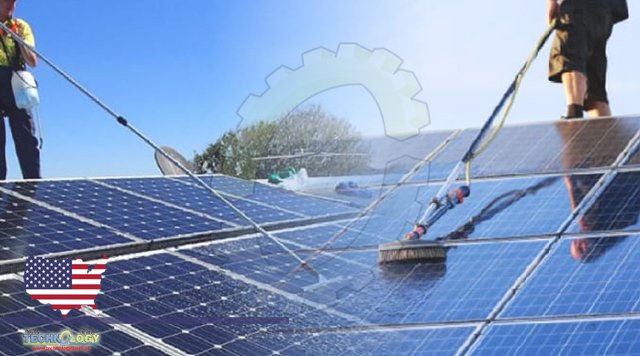Solar powered shoebox-sized robots, The Jet Propulsion Laboratory will use Rocket Labs PV to power mobile robots as part of its Cooperative Autonomous Distributed Robotic Explorers (CADRE) program.

Rocket Lab USA announced it has been selected by the National Aeronautics and Space Administration (NASA) to supply solar panels for the Cooperative Autonomous Distributed Robotic Explorers (CADRE) program. The mission will send shoebox-sized mobile robots to study unexplored regions of the Moon, difficult to reach locations in Mars, and other distant plants. Solar powered shoebox-sized robots, The PV panels will use Rocket Labs inverted metamorphic multi-junction (IMM) solar cells. The cells are more efficient and lighter-weight than standard multi-junction space solar cells, said Rocket Labs. IMM solar cells are a space-grade technology with class-leading efficiency and 40% lower mass than typical space-grade solar cells.
The shoebox-sized mobile robots used for the CADRE mission are a new generation of NASA’s Pop-Up Flat Folding Explorer Robots (A-PUFFER) technology. CADRE is targeted to fly as a technology demonstration on a commercial robotic lander within the next five years through NASA’s Commercial Lunar Payload Services Initiative. “We’re incredibly proud to be supporting innovative new means of space exploration,” said Brad Clevenger, Rocket Lab’s vice president of space systems. “The CADRE program could help map unexplored regions on the Moon and access hard to reach parts of Mars, expanding our understanding of distant planets and Moon.” SolAero Technologies developed the IMM cells, and the company was acquired by Rocket Labs earlier this year. Solar powered shoebox-sized robots, The cells are also being used in the GAzelle spacecraft developed by General Atomics, which launched its 31st mission recently. Over 4 MW of SolAero cells have been developed to-date, with over 1,000 satellites in orbit currently using their PV to operate, and another 415 satellites planned to launch with SolAero technology. The company’s cells can achieve up to 33.3% efficiency.
Source: This news is originally published by pv-magazine-usa